To compensate for the thermal expansion of the valve, a gap between the end of the valve stem and the adjusting bolt screwed into one of the arms of the rocker arm of the valve actuator is structurally set. With an increased clearance, the valve will not open fully, with a reduced clearance, it will close completely.
Valve clearance adjustment is required for K7J and K7M engines. The K4M engine uses hydraulic compensators that automatically ensure backlash-free contact of the camshaft cam with the valve.
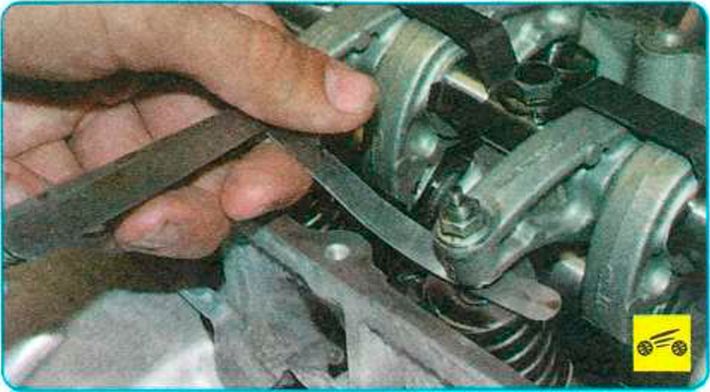
The gap is measured on a cold engine (at a temperature of +20 ° C) between the ends
The need to adjust the clearances in the valve drive is indicated by a distinct loud knock heard when the engine is idling from the driver's seat with the hood closed. Increased clearances do not lead to emergency engine breakdowns, but cause increased wear of valve mechanism parts. In addition, with increased intake valve clearances, the filling of the cylinders with a combustible mixture deteriorates and, as a result, engine power decreases. In the absence of gaps at the exhaust valves, in addition to uneven operation and a decrease in engine power due to a decrease in compression in the cylinders, the plates of these valves and their seats may be burned due to overheating, since the valve that does not fit tightly into the seat is poorly cooled.
valve stem and adjusting bolt with the valve fully closed. The nominal clearance for intake valves is 0.10-0.15 mm, for exhaust valves - 0.25-0.30 mm.
Before starting the adjustment, be sure to check and, if necessary, adjust the tension of the timing belt. You will need: all the tools necessary to remove the cylinder head cover, as well as a “10” key, pliers, a set of flat feelers.
1. Remove the cylinder head cover
2. Set the piston of the 1st cylinder to the TDC position of the compression stroke. In this position, both valves of the 1st cylinder will be closed and the gaps between the ends of the valves and the adjusting bolts will be maximum.
The cylinders are counted from the flywheel.
To set the piston of the 1st cylinder to the TDC position of the compression stroke, the removal of the upper cover of the timing belt is required (to gain access to the alignment marks on the camshaft pulley and on the head cover), which entails laborious preliminary operations to remove the right suspension support power unit. With enough precision to adjust the clearances in the valve train, the camshaft can be set to the desired position, controlling it visually. The camshaft must be rotated so that the heels of the rocker arms of the drive of both valves of the cylinder, which is being adjusted, rest on the back of the camshaft cams, and the rocker arms can be moved by "swaying" within the gap.
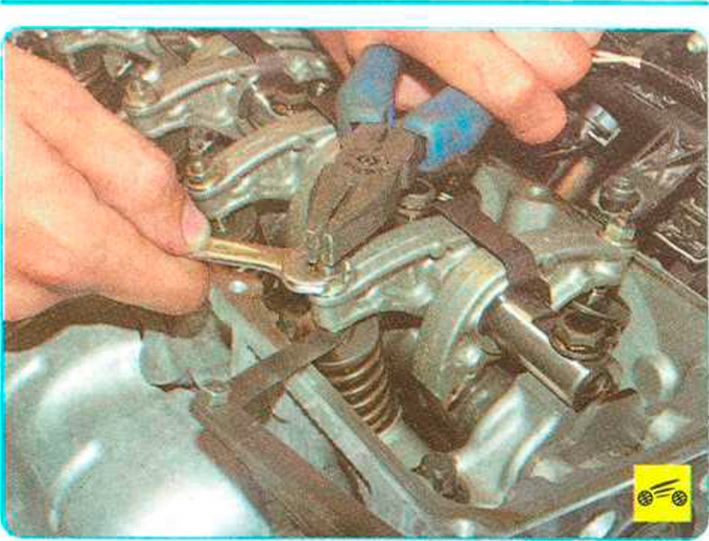
3. Loosen the locknut of the adjusting bolt of one of the rocker arms, keeping the bolt from turning with pliers. Insert a feeler gauge into the gap between the ends of the valve and the adjusting bolt.
4. While holding the locknut from turning, turn the adjusting bolt clockwise until the feeler gauge in the gap can be moved with light force.
WARNING Do not screw in the adjusting bolt until the probe is completely pinched, as this will cause the valve to move and the clearance will obviously be less than normal.
5. While holding the adjusting bolt from turning, tighten the locknut and check the clearance. Repeat the adjustment if necessary.
6. Adjust the gap for the second valve in the same way.
7. Rotate the crankshaft exactly one half turn. With this position of the crankshaft, both valves of the 3rd cylinder are completely closed and their rocker arms are released.
8. Adjust the gaps between the ends of the valves and adjusting screws of the 3rd cylinder.
9. By subsequent turns of the crankshaft exactly half a turn, set the pistons of the 4th, and then the 2nd cylinder to the TDC of the compression stroke and adjust the clearances for the remaining valves.
10. Establish a cover of a head of the block of cylinders and all removed details in an order, the return to removal. If necessary, replace a heavily compressed cover gasket.
Source: http://renault-sandero.narod.ru/remont/regulirovka-zazorov-v-privode-klapanov.html

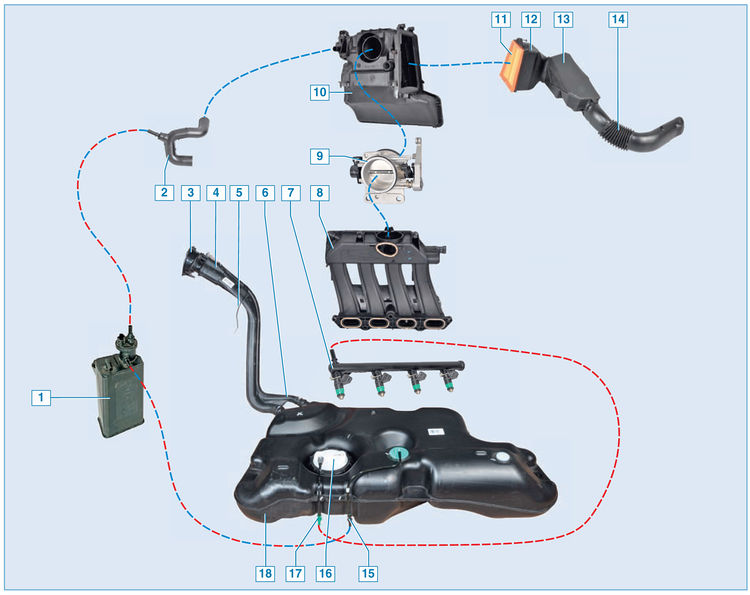
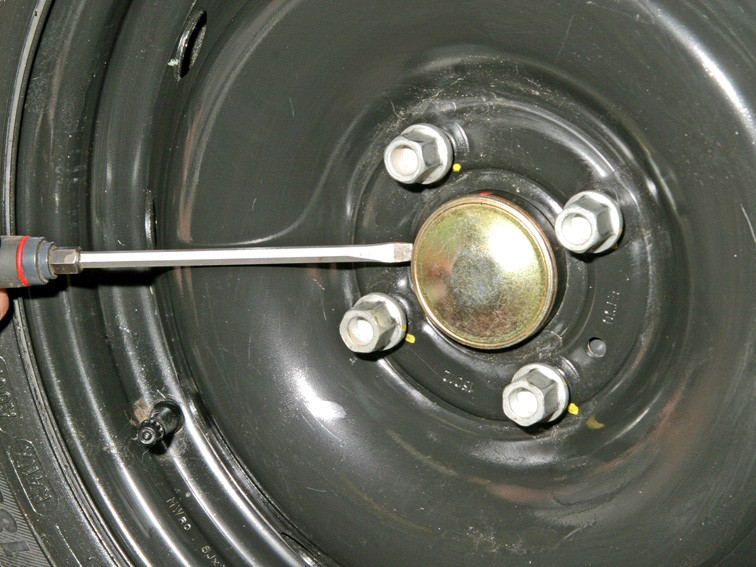
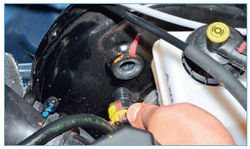
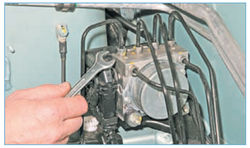
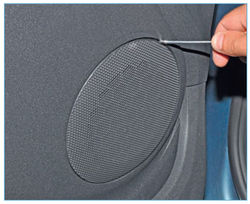
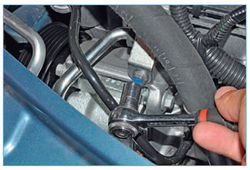

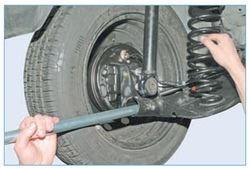
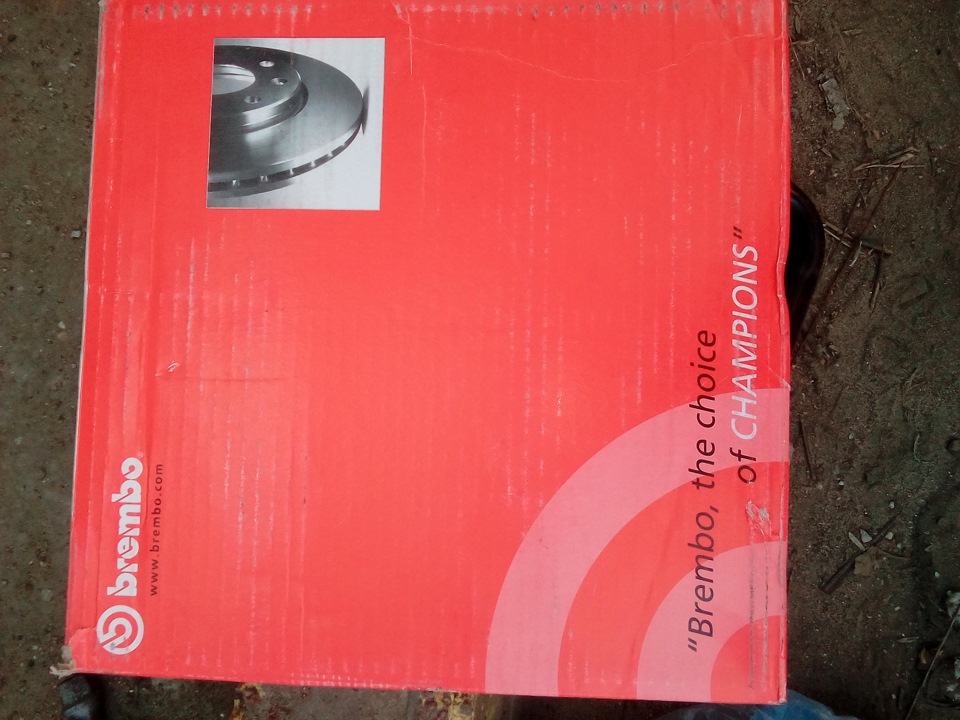
![1 generation [2009 - 2014]](/uploads/Renault_Sandero_2009-2014_.jpg)
